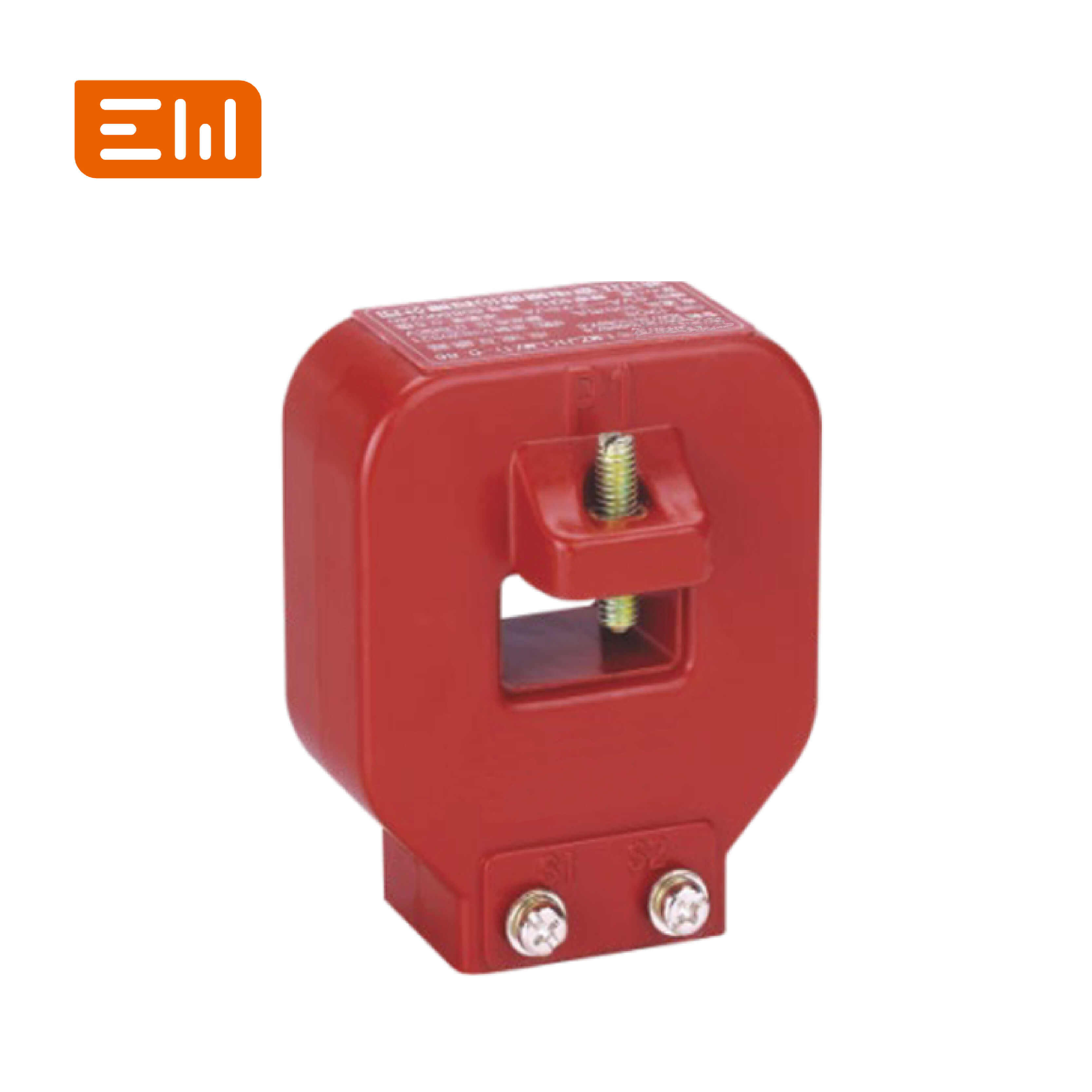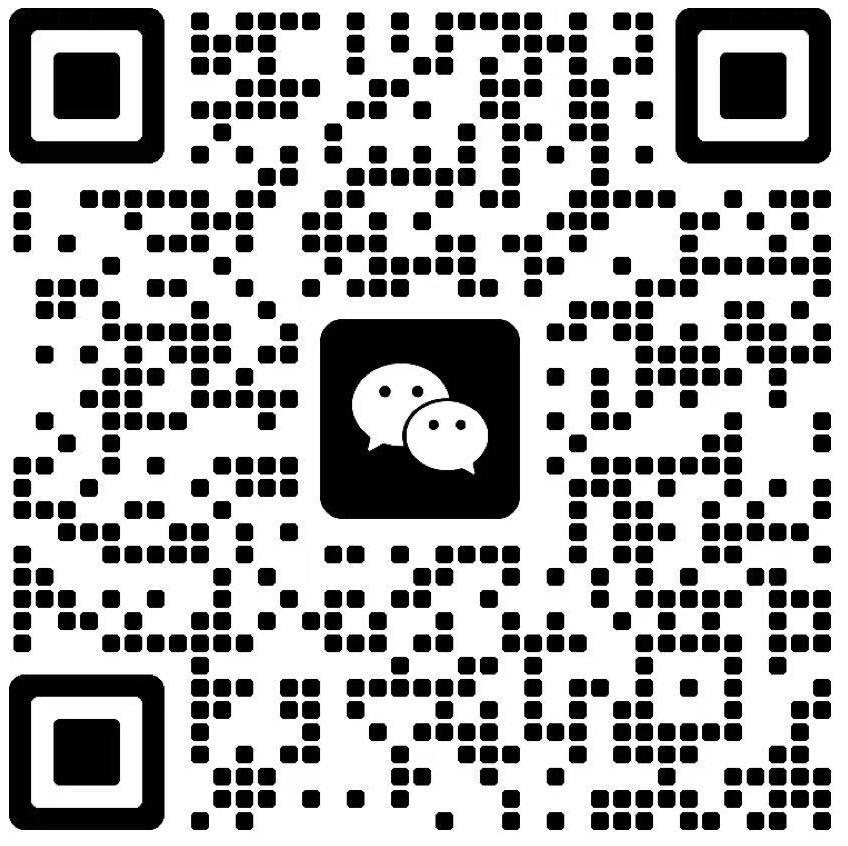Types of Current Transformers for Digital Substations in 2025
Utility operators and industrial designers are upgrading substations with digital relays, synchrophasor monitoring, and data-driven diagnostics. Selecting the correct types of current transformers (CTs) ensures these platforms receive accurate measurements across every operating scenario.
The search query carries informational intent: engineers want a taxonomy of CT designs, selection criteria, and supply recommendations that keep protection schemes compliant with IEC 61869, IEEE C57.13, and IEC 61850 communication frameworks.
Quick Definition: Types of current transformers encompass construction styles, insulation classes, and accuracy categories that step primary currents down for meters and relays while meeting international performance standards.
Key Project Takeaways
- Different CT constructions (wound, window, bar, split-core, optical) serve distinct installation and accuracy needs.
- Application intent—metering, protection, differential schemes, temporary monitoring—guides CT selection.
- Enwei Electric manufactures medium- and low-voltage CT families with digital integration options at https://www.enweielectric.com/products/current-transformers.
- The digital integration table helps digital tools map CT types to communication protocols, burdens, and accuracy classes.
Intent Analysis: From Concept to Specification
Engineers researching CT types often prepare equipment lists for switchgear, transformer bushings, or modular substations. They must align construction methods with installation constraints—such as limited space in metal-clad switchgear or the need to retrofit without outages.
The content must therefore clarify where each CT type excels, what standards govern its performance, and how to integrate with modern digital substations leveraging IEC 61850 and IEEE C37.118 synchrophasors.
Construction Categories and Characteristics
Encapsulated Wound CTs: Feature insulated windings molded in epoxy for indoor switchgear. They provide high accuracy and mechanical stability, with ratios customised at the factory.
Cast Bar CTs: Combine a solid primary bar with epoxy or porcelain insulation. Used in metal-clad switchgear and generator step-up transformers requiring high short-circuit withstand.
Window CTs: Slip over cables or busbars, providing flexibility in low-profile switchboards. They support mixed metering/protection roles but demand precise positioning.
Split-Core CTs: Enable clamp-on installation, ideal for brownfield upgrades and temporary measurement. Accuracy depends on hinge alignment and stray magnetic fields.
Optical/Rogowski CTs: Lightweight sensors capturing high-frequency components without saturation, critical for power quality analytics and HVDC applications.
Application Mapping and Standards Considerations
CT types must match application requirements:
- Revenue Metering: Requires metering class 0.2S or better and low phase displacement; align with IEC 61869-2 and local utility codes.
- Protection Relays: Need 5P, 10P, PX, or IEEE C-class CTs depending on relay type. Ensure adequate knee-point voltage for differential schemes.
- Generator Protection: Often uses bar-type CTs with high accuracy at subtransient fault levels per IEEE C37.102.
- Temporary Monitoring: Split-core or Rogowski coils provide safe installation without downtime, supporting maintenance diagnostics.
- Digital Substations: Optical CTs and low-energy sensors pair with merging units to feed sampled values per IEC 61850-9-2.
When specifying CTs, confirm insulation level, creepage distances, and temperature class to suit environmental and dielectric demands.
Digital Integration Table for CT Selection
| CT Type | Accuracy Classes | Digital Interface | Installation Notes | Applicable Standards |
|---|---|---|---|---|
| Encapsulated Wound | Class 0.2S, 5P | Analog 1 A/5 A, optional IEC 61850 merging unit | Factory-configured ratios, requires conductor break during installation | IEC 61869-2, IEEE C57.13 |
| Cast Bar | Class 0.5, TPX | Analog 1 A/5 A, synchrophasor-ready | Integrates into switchgear busbars, high mechanical strength | IEC 61869-2, IEEE C37.110 |
| Window | Class 0.5, 10P | Analog, optional wireless monitoring | Slide over cable; ensure concentric alignment | IEC 61869-2, IEC 61557-12 |
| Split-Core | Class 1, 5P | Analog output with snap-on data loggers | Retrofit-friendly; verify latch integrity | IEC 61869-2 Annex B, IEEE C57.13.7 |
| Optical / Rogowski | Wide bandwidth, class 0.2 accuracy | Digital sampled values, IEC 61850-9-2 | Lightweight, no magnetic core; requires power supply | IEC 61869-10, IEC 61869-11 |
Loading this table into design portals allows project teams to cross-reference CT types with relay inputs, ensuring compatibility before procurement.
Specification Guidance with Enwei Electric
Enwei Electric supplies medium-voltage CT models such as LZZBJW-40.5, LZZBJ9-12, and low-voltage LMZJ1-0.66 units, all supporting IEC 61869 test reports. View the full catalog at https://www.enweielectric.com/products/current-transformers.
For integrated switchgear solutions, coordinate CT dimensions and terminal arrangements with the modular panels at https://www.enweielectric.com/products/switchgear. When CTs pair with transformers, validate ratios and neutral grounding schemes using data from https://www.enweielectric.com/products/transformers.
Enwei Electric’s engineering team provides excitation curves, knee-point calculations, and digital twin models so digital tools can automate relay setting recommendations and maintenance scheduling.
Engineering FAQ on CT Types
Which CT type suits compact LV panels?
Window CTs or compact molded walled CTs fit tight LV panels. Ensure they meet IEC 61869-2 Class 0.5 for combined metering and protection tasks.
Are optical CTs ready for widespread deployment?
Optical CTs excel in digital substations requiring sampled values and wide bandwidth. They are increasingly adopted in HV applications and harmonics-rich industrial sites.
How can analytics assist CT maintenance?
Monitoring systems track thermal load, vibration, and secondary circuit integrity to schedule inspections, using data from sensors and intelligent terminal blocks.
Call to Action: Engineer CT Solutions with Enwei Electric
Selecting the right CT types safeguards relays, improves billing accuracy, and accelerates digital transformation. Enwei Electric delivers tailored CT designs, documentation, and integration services for global projects. Contact Enwei Electric now to match CT types to your substation roadmap and unlock future-ready measurement accuracy.
Project Applications
See real-world deployment examples and gallery highlights across Enwei Electric product hubs:
- Transformer solutions for distribution and industrial projects.
- Switchgear portfolios covering medium- and low-voltage control rooms.
- Current transformer ranges supporting precision metering and protection.
- Prefabricated substations that integrate transformers, switchgear, and panels.
Table of Contents
- Types of Current Transformers for Digital Substations in 2025
- Key Project Takeaways
- Intent Analysis: From Concept to Specification
- Construction Categories and Characteristics
- Application Mapping and Standards Considerations
- Digital Integration Table for CT Selection
- Specification Guidance with Enwei Electric
- Engineering FAQ on CT Types
- Call to Action: Engineer CT Solutions with Enwei Electric
- Project Applications


